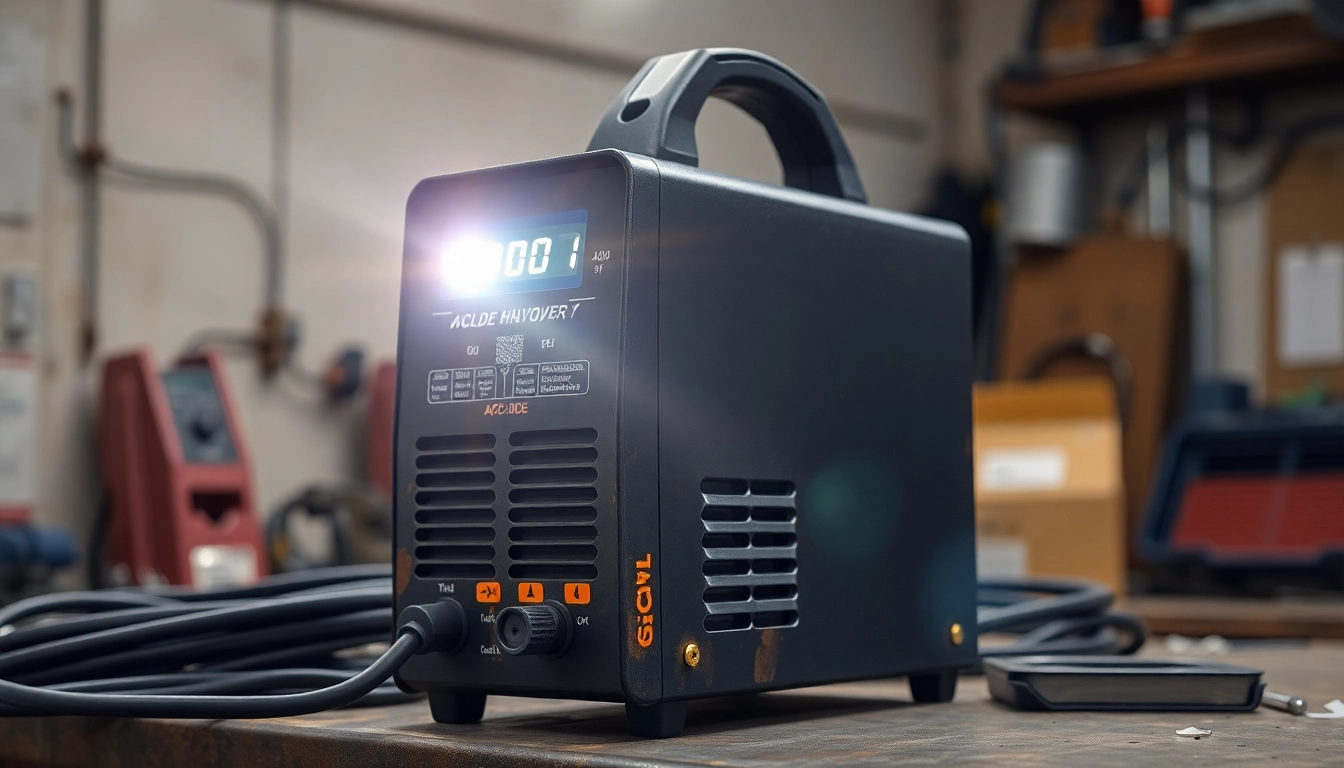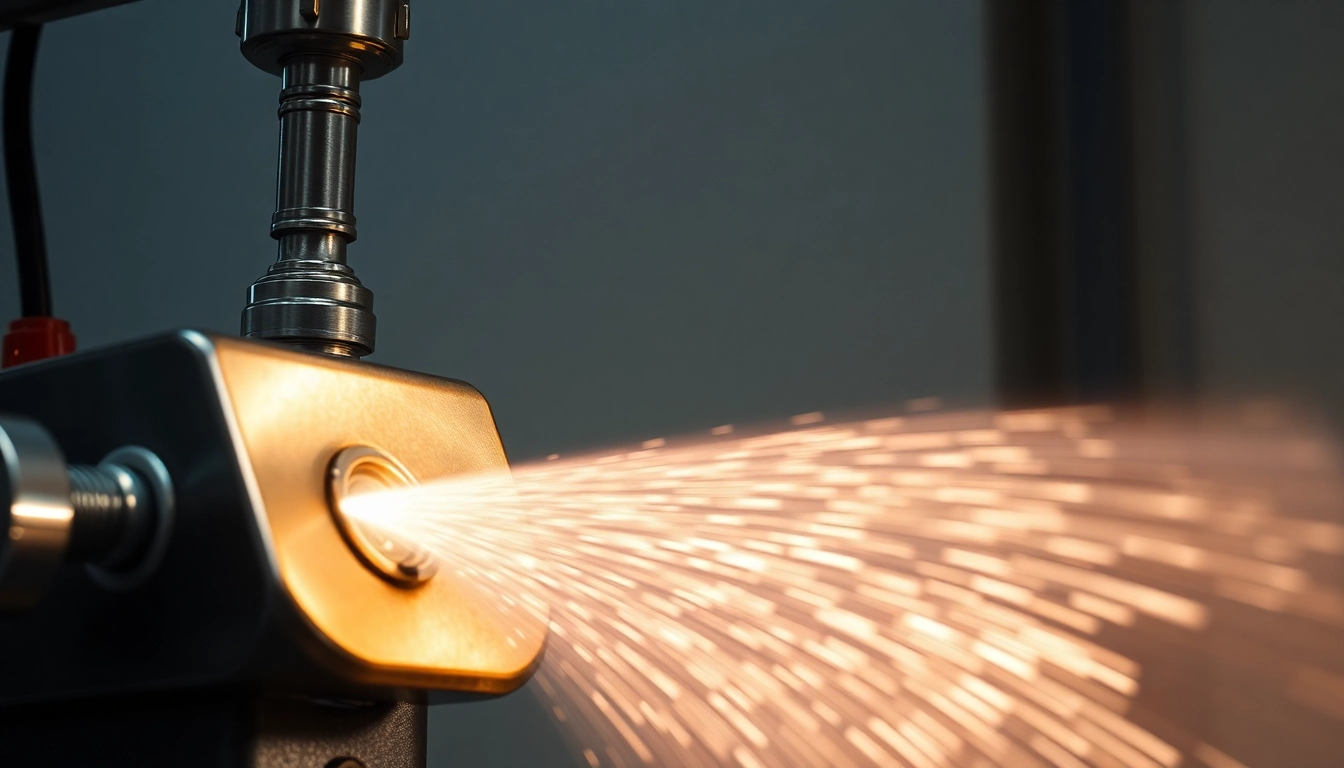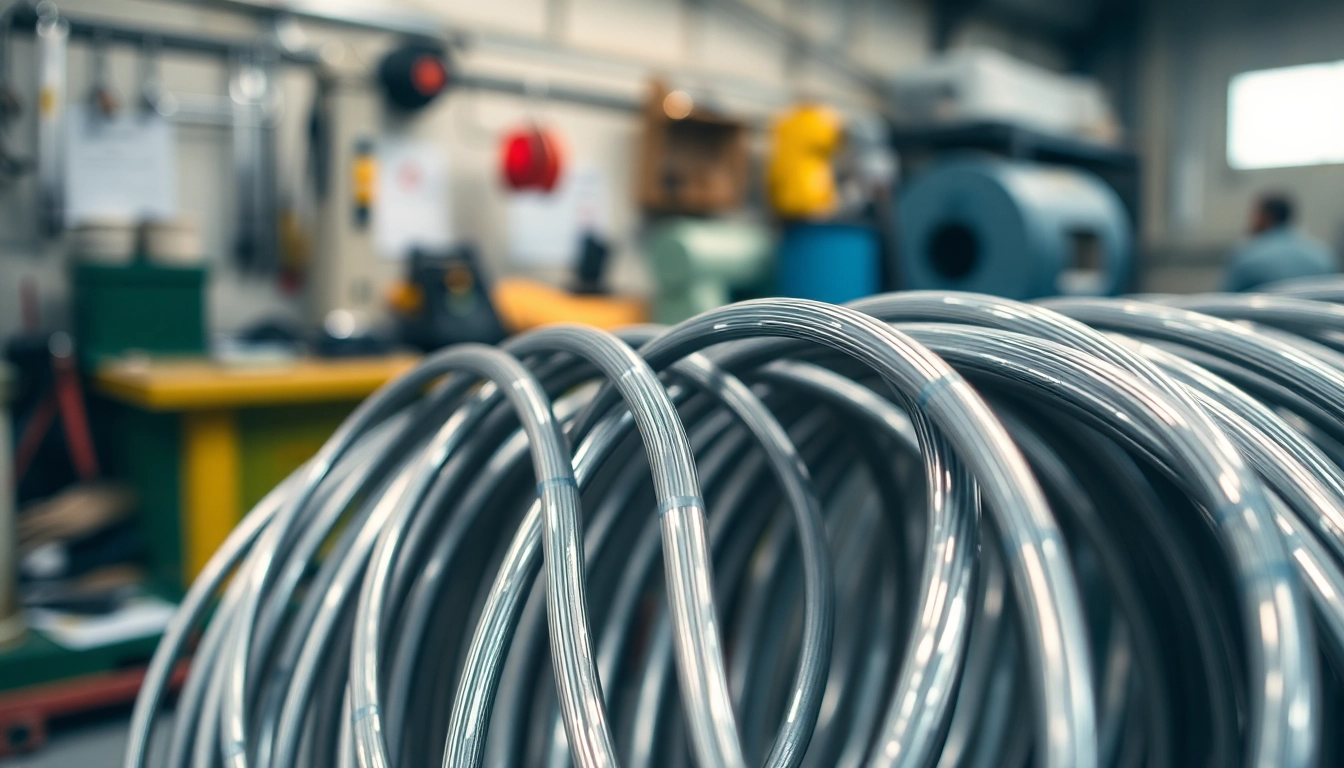Understanding AC DC TIG Welders
In the realm of welding technology, ac dc tig welders have become indispensable tools for both professional welders and hobbyists alike. These machines provide the versatility needed to tackle a broad range of projects by allowing users to choose between alternating current (AC) and direct current (DC). This flexibility is particularly valuable as different materials and welding techniques may demand specific power characteristics.
What is an AC DC TIG Welder?
A TIG (Tungsten Inert Gas) welder is a type of arc welder that uses a non-consumable tungsten electrode to produce the weld. The AC DC TIG welder, specifically, can operate on both alternating and direct current. This makes it a highly versatile option for welding various metals, including aluminum and stainless steel, each requiring different welding techniques.
AC current is primarily used for welding aluminum, as it helps clean the oxide layer off the metal during the welding process, ensuring a high-quality bond. Meanwhile, DC current is typically reserved for welding materials like carbon steel, stainless steel, and other conductors, allowing for deeper penetration and a more stable arc.
How AC vs. DC Affects Welding Quality
The choice between AC and DC affects several factors in welding quality:
- Arc Stability: DC typically provides a more stable arc, which promotes better control and precision during welding. This is essential for intricate or delicate welds.
- Metal Suitability: As mentioned, AC is ideal for aluminum and magnesium, while DC is more suitable for ferrous materials. Understanding the specific needs of the metals being welded is crucial.
- Weld Appearance: DC welding can yield cleaner, more aesthetic weld appearances because of its smoother arc. AC’s cleaning cycle facilitates the preparation of surfaces before welding, leading to less oxidation.
Common Applications of AC DC TIG Welders
The applications for AC DC TIG welders are widespread and can be found in various industries:
- Aerospace: High precision is required for aircraft components, making TIG welding essential for critical joins.
- Automotive: Welding components such as chassis and engine parts benefit from the clean finishes produced by TIG welding.
- Manufacturing: In the production of equipment and tools, TIG welding ensures that materials are fused effectively and with durability.
- Artistic Applications: Sculptors and designers often choose TIG welding for its fine control and ability to fuse intricate designs.
Key Features to Consider in AC DC TIG Welders
When selecting an AC DC TIG welder, several pivotal features should be considered to ensure the finest results for your specific welding needs:
Wattage and Power Settings Explained
The wattage of a TIG welder determines its power output and capacity to weld thicker materials. The higher the wattage, the thicker the metal you can effectively weld. It’s vital to consider the range of power settings available on the welder. This feature allows the welder to operate in multiple scenarios, catering to different materials and thicknesses.
Many modern welders also come with adjustable wattage settings, which enable users to switch between lower settings for thin materials and higher settings for thicker ones, maximizing efficiency and quality.
Duty Cycle Importance for Continuous Welding
Duty cycle refers to the amount of time a welder can operate continuously before needing a cooldown period. Expressed as a percentage, a 60% duty cycle means that the welder can run for 6 minutes out of every 10 without overheating. For professional users or in high-demand environments, choosing a welder with a higher duty cycle is crucial to maintain productivity without long breaks for cooling.
Digital vs. Analog Controls: Which is Better?
The control mechanism of a welder significantly impacts its usability. Digital controls often provide better precision, with LCD screens offering clear readings and the ability to program settings for specific welding jobs.
Conversely, analog controls may be simpler and more reliable for some users, especially in rugged environments. Ultimately, the choice between digital and analog depends on user preference and the specific welding applications.
Choosing the Right AC DC TIG Welder
Selecting the perfect AC DC TIG welder can be overwhelming due to the myriad of models available. To make a well-informed decision, consider the following aspects:
Budget Considerations for Beginners
For beginners, it’s essential to establish a budget. While higher-end models offer advanced features and longer durability, there are numerous entry-level welders available that perform admirably without breaking the bank. Look for models that offer good warranties and customer support as indicators of quality, especially if you are new to the welding scene.
Top Brands to Look For
Some welding equipment brands have built a reputation for quality and reliability. Here are a few to consider:
- Miller Electric: Known for robust build quality and innovative technology.
- Lincoln Electric: Offers a range of products, known for service and support.
- Everbuilt: Provides budget-friendly options without compromising performance.
- ESAB: Renowned for its advanced welding technologies and high precision.
Best Practices for Comparing Models
To effectively compare models, create a checklist of essential features and performance specifications important for your projects. Pay attention to:
- Wattage and duty cycle
- Control type (digital vs. analog)
- Weight and portability
- User reviews and ratings
- Warranty and customer support offered
AC DC TIG Welder Maintenance Tips
Proper maintenance extends the life of your AC DC TIG welder while ensuring it operates reliably and efficiently. Here are some key maintenance tips:
Caring for Your Welder for Longevity
Regularly inspect and clean your TIG welder to prevent dust build-up and potential overheating. Pay attention to the following areas:
- Welding Torch: Clean the nozzle and replace worn tips regularly.
- Ground Clamp: Ensure it is tight and free of dirt for optimal contact.
- Cooling System: Keep the fan and vents clear to prevent overheating.
- Cables and Hoses: Inspect for any signs of wear or accidents, replacing them as necessary.
Common Troubleshooting Techniques
Even the best welders encounter issues. Familiarize yourself with common problems like poor arc stability, excessive spatter, or weak penetration. Here are some troubleshooting techniques:
- Check the gas flow and ensure it’s set correctly.
- Inspect electrode fit and cleanliness.
- Evaluate your settings: wattage, feed speed, and gas mix.
When to Seek Professional Repair
If you encounter issues that you are unable to fix through troubleshooting, seek professional repair services. Problems such as erratic arc behaviour or electrical faults might require expert diagnosis and service.
FAQs About AC DC TIG Welding
Understanding some of the most frequently asked questions can help you grasp the fundamentals of AC DC TIG welding:
Is AC or DC Welding Better for Specific Metals?
As previously discussed, AC is typically better for non-ferrous metals like aluminum due to its cleaning effect, while DC is preferred for ferrous metals. Knowing the properties of the materials involved is key to achieving optimal weld quality.
Can I use AC DC TIG Welders for Aluminum?
Yes, AC DC TIG welders are well-suited for aluminum. The AC setting’s cleaning action effectively removes the oxide layer, promoting a strong bond and higher quality welds.
What Accessories are Essential for Efficient Welding?
To enhance your welding experience, consider investing in the following accessories:
- Tungsten Electrodes: Different types and sizes for various applications.
- Gas Supply: Must be adequate for the welder used.
- Protective Gear: Gloves, welding helmets, and safety goggles.
- Workpieces: Clamps and fixtures for holding material securely.



